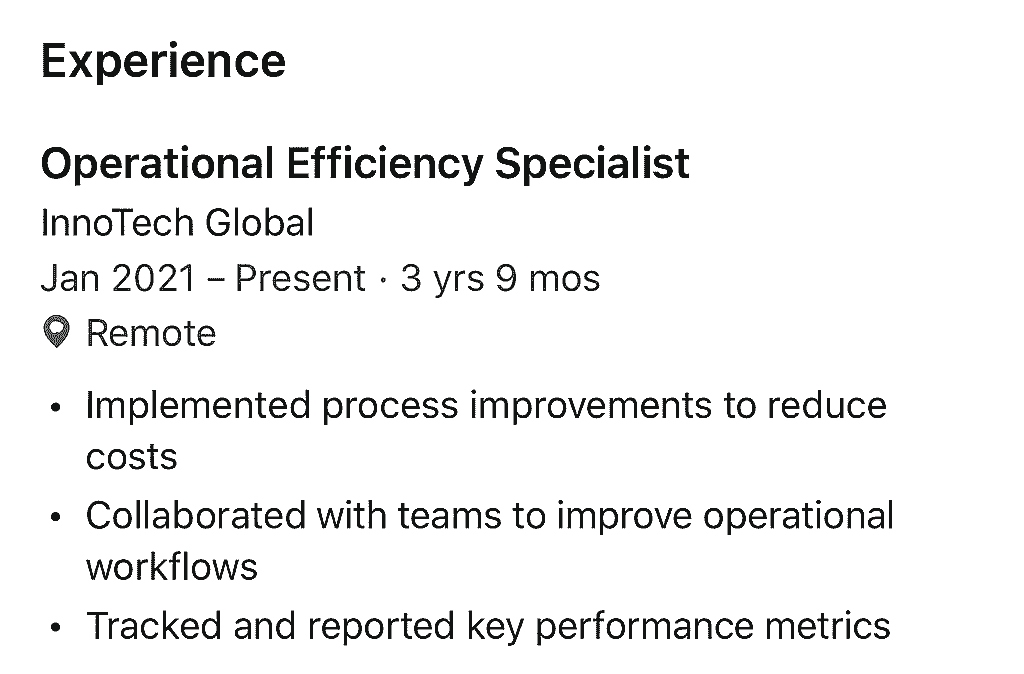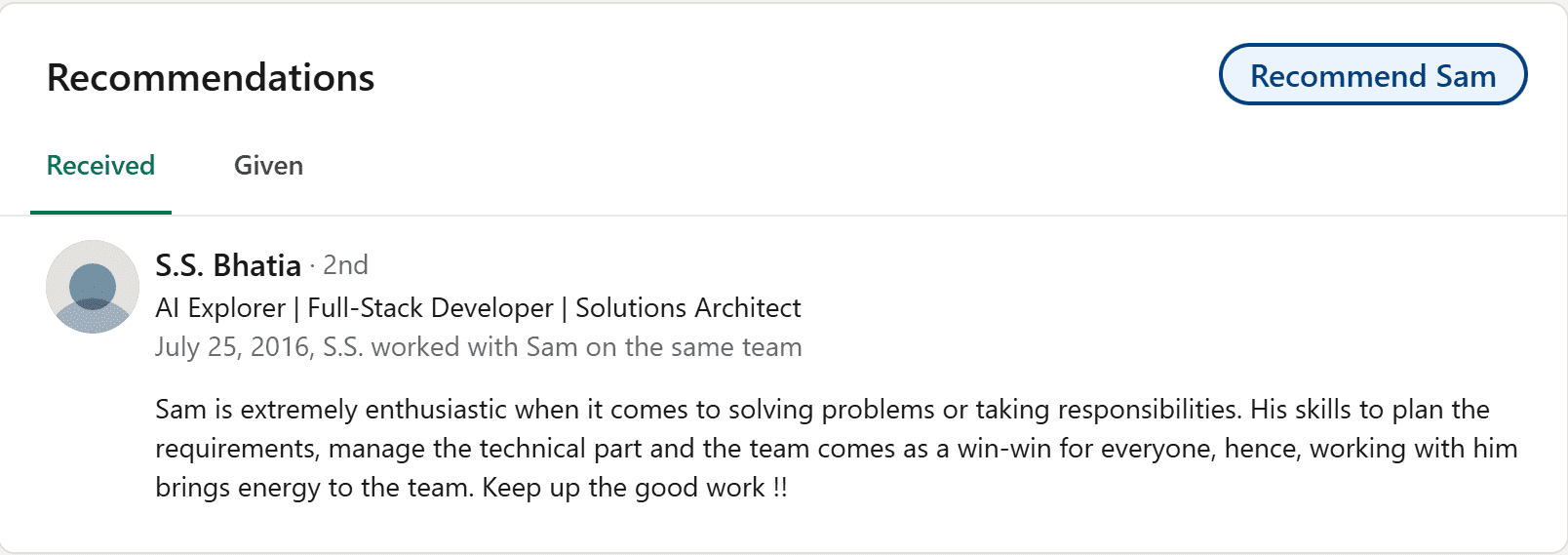What Does Grade Mean on LinkedIn? Your Guide to Profile Strength
When someone asks “What does Grade mean on LinkedIn?”, they’re usually referring to an informal evaluation: how complete, polished, and engaging your LinkedIn profile is.
It’s not something LinkedIn explicitly calls “Grade,” but rather a shorthand people use to describe how profile strength, activity, and visibility combine into your online personal brand.
Think of it like a student getting feedback not on grammar or assignment but on how compelling your reputation is to others before you’ve ever spoken to them.
Defining the ‘LinkedIn Grade’ Concept
The “LinkedIn Grade” is made up of several components:
- Completeness: Your photo, headline, summary, experience, education, skills, endorsements.
- Engagement: Posts, comments, responses, shares.
- Network strength: Who you’re connected to. Are they relevant, influential, in your field?
- Reputation signals: Recommendations, validations, content authority.
When all these come together, you get a sense of how “strong” someone’s profile feels even before you click “Connect.”
Is Grade an Official LinkedIn Metric?
No. LinkedIn doesn’t give you a single letter grade or numeric score publicly called “Grade.” What LinkedIn does provide:
- Profile Strength meter (the “All-Star / Intermediate / Beginner” badge under your picture).
- Suggestions: “Add summary,” “Get a recommendation,” “Add skills.”
- Analytics: How many people viewed your profile, search appearances.
People popularized “LinkedIn Grade” to combine these into a simple assessment. But it’s not a feature in LinkedIn settings. It’s your own or third‐party tools’ interpretation.
Common Misconceptions about your LinkedIn Grade
-
Myth: Grade = Number of connections.
Reality: Connections matter, but quality and relevancy are more important.
-
Myth: More endorsements = better grade.
Reality: Endorsements help, but recommendations and content authority carry more weight.
-
Myth: Grade is permanent.
Reality: Your profile evolves updates, posts, interaction, even pruning old stuff can shift perception.
How is LinkedIn Grade Calculated?
Since there’s no official grade, “calculation” depends on which model you’re using your own internal standard or a third‐party tool. But most “grades” share these building blocks:
-
Profile Completeness
- Has profile photo
- Compelling headline
- Detailed summary
- Full work experience, education




-
Engagement Level
- How often you post or comment
- Reactions and comments received
- Shares of your content
-
Network Quality
- Relevance of your connections
- Diversity of industries or geographies (if relevant)
- Number of followers, second‐degree connections
-
Social Proof & Authority Signals
- Recommendations from others
- Skills endorsements
- Published content, thought leadership
-
Search Visibility
- Keywords in headline/summary/skills
- Appearances in searches
- Profile optimized for what people are looking for
Third‐party tools sometimes use weighting systems: profile completeness might count 30%, engagement 25%, network quality 20%, etc.
Key Factors influencing your Profile Score
These are levers you can pull to improve your “grade”:
- Clarity in your headline and summary: who you are, what you do, who you serve.
- Active, consistent posting: value first, not self‐promotion.
- Authentic interactions: comments, messages, sharing others’ work.
- Skills & recommendations: not just collecting, but meaningful ones.
- Use of keywords: job titles, niche phrases people will search.
- Regular updates: new projects, roles, learning, achievements.
Tools and Platforms that offer a ‘Grade’
There are a few apps and browser extensions that attempt to give you a score or grade for your LinkedIn profile. Some examples:
- LinkedIn itself via the Profile Strength meter.
- Third‐party tools or consultants that audit LinkedIn profiles and give a score.
- Chrome extensions or SaaS tools that measure completeness + SEO + engagement.
Use them as a diagnostic, not gospel. They can show where you’re weak; you decide what to fix and why.
Engagement and Completeness
THE ROLE OF ENGAGEMENT AND COMPLETENESS IN YOUR GRADE
Completeness is the foundation. Without basic stuff (photo, headline, summary, experience), nothing else helps much.
But engagement amplifies everything.
A complete profile without activity feels like a brochure gathering dust.
But an engaged profile with frequent, relevant posts, comments, and responses signals you’re alive, current, helpful and that moves people to connect or hire.
THE IMPORTANCE OF YOUR LINKEDIN GRADE
Why care? Because people judge before they invite in.
- Hiring managers, recruiters, or potential clients often view your profile first. A high “grade” builds trust.
- You appear more often in searches. LinkedIn rewards profiles that are active and complete with better visibility.
- Opens doors: partnerships, speaking opportunities, collaboration, leads.
- It can lead to better results in job searches, business development, or personal brand building.
Practical Steps to Improve Your LinkedIn Grade
These are actionable strategies no fluff.
Optimizing Your Profile for Maximum Completeness
- Use a professional photo. Friendly, clear, appropriately dressed.
- Craft a headline that goes beyond job title. Who you help + outcome.
- Write a summary (About) that tells your story: problem you solve, audience, differentiator.
- Fill in experience with results: quantify impact (e.g. “increased revenue 30%,” “scale team from 3 to 20”).
- List education, certifications, volunteer work anything relevant.
Strategies for Consistent Engagement and Interaction
- Set a content schedule: 2‐3 posts/week minimum (could be shorter if high value).
- Engage with others’ posts: comment meaningfully, not “Great post!”
- Join or create LinkedIn Groups or communities relevant to your niche.
Leveraging Skills, Endorsements, and Recommendations
- Pick skills that align with what your ideal client or employer will search.
- Request endorsements from peers/clients but focus on the ones that reinforce your core offerings.
- Ask for written recommendations personal where possible especially from people whose opinion matters in your field.
Beyond the Grade: Maximizing Your LinkedIn Presence
“Grade” is a starting compass, not the destination. Use it to:
- Track growth over time.
- Identify weak spots (e.g., maybe your summary is weak; maybe you don’t post).
- Align your activity to your goals: job search? business growth? community building?
Networking Effectively and Building Connections
- Don’t just collect connections. Look for people you can add value to and learn from.
- When sending invites, personalize: reference something you saw in their work, mutual interest.
- Stay in touch: periodic messages, check-ins, sharing content that might help them.
Content Creation and Establishing Thought Leadership
- Share work insights, lessons learned, case studies.
- Use formats that connect: stories, simpler takeaways, short video where possible.
- Repurpose content: blog posts → LinkedIn posts → Twitter threads → video clips.
Using LinkedIn for Lead Generation and Career Growth
- Clearly define who your target audience is. Speak to their challenges.
- Use calls‐to‐action in posts or newsletter signup in your summary.
- Monitor profile views / search appearances and engage people who've viewed you.
LinkedIn Best Practices for Growth
- Be consistent: frequency beats perfection.
- Be helpful: share value before asking for anything.
- Stay relevant: follow trends, use hashtags smartly.
- Be genuine: people connect with stories and authenticity.
LinkedIn Lead Capture and Enrichment
- Add links in summary/contact section (website, newsletter).
- Use LinkedIn messages to share valuable content or resources.
- Tag and follow up with people who engage with your content.
- Use lead magnets (e.g. downloadable PDF, checklist) to turn profile visits into meaningful leads.
Conclusion
If you’ve read this far, you’re serious about leveling up your LinkedIn profile. I believe knowing what “grade” means and more importantly, how to control it is a powerful lever for your career growth, business success, and network influence.
Action is your differentiator. Choose one thing from “Practical Steps” above. Fix it. Then do the next. Progress isn’t monumental overnight it’s steady, meaningful improvements.
When you combine completeness, engagement, and relevance, your LinkedIn presence shifts from background noise to magnetic.
Want me to review your profile grade and sketch a custom action plan? Just say the word.
FAQ
How does LinkedIn’s Profile strength differ from what does grade mean on LinkedIn?
LinkedIn’s Profile Strength is an official badge that shows how complete your profile is (photo, summary, experience, etc.). The “LinkedIn Grade” is a broader idea it includes strength but adds engagement, network quality, content presence, reputation. Profile Strength is part of the grade not the whole.
Can a Less-Than-Perfect LinkedIn Profile(Low Grade) Impact my Job Search or Business Opportunities?
Absolutely. If your profile looks deserted, incomplete, or out of date, people assume you’re not active, not serious, or not credible. It may reduce number of inbound messages, interviewer trust, or partner confidence. A low “grade” might cost you opportunities you never even hear about.
How often should I update my LinkedIn profile to maintain its effectiveness?
- Monthly check‐ins are good: add new skills, update experiences, tweak summary.
- Weekly or bi‐weekly: engage with others, post content.
- After key milestones: new job, certification, project, or big win → update immediately.
Consistency matters heavily more than perfection.
What are some quick tips to improve my LinkedIn profile Immediately?
- Add a professional headshot.
- Rewrite headline to reflect what you help people with.
- Turn off “busy” or old job status update current role.
- Fill summary if it’s blank or generic.
- Engage with one post/day comment meaningfully.
How can Tools help me leverage my LinkedIn presence?
- Tools audit your profile: completeness, keyword usage, readability.
- Scheduling tools help you plan content ahead.
- Analytics or dashboards help track profile views, follower growth, most engaging content.
- CRM or contact tools help you manage connections and follow‐ups.
Use tools as amplifiers not substitutes for authentic interaction.

![LinkedIn Post Hooks: [Types+ 100 Bonus Examples]](/_next/image?url=%2Fassets%2Fblogs%2Flphe-image.png&w=3840&q=75)

